Science Clips
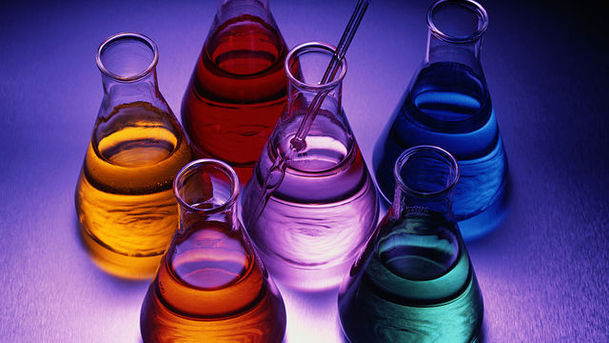
Science for seven- to nine-year-olds

Science Clips - Changing Circuits
Science for seven- to nine-year-olds. Examples of circuits, such as in traffic lights, and the beginnings of circuit diagrams.
Details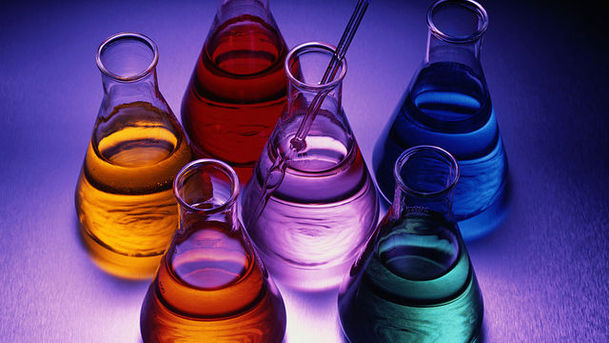
Science Clips - Changing Sounds
Science for seven- to nine-year-olds. How the sound a piece of string makes when it's plucked varies with its length and tension.
Details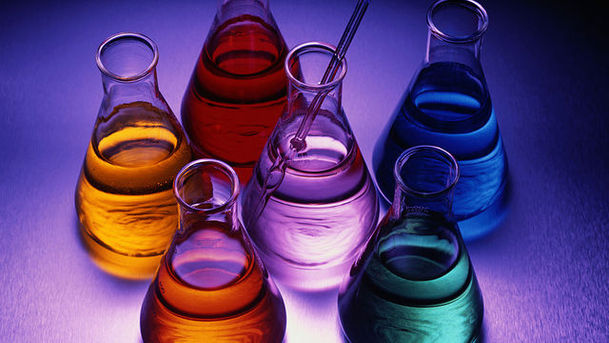
Science Clips - Changing State
Science for seven- to nine-year-olds. What makes water taste different in different places?
Details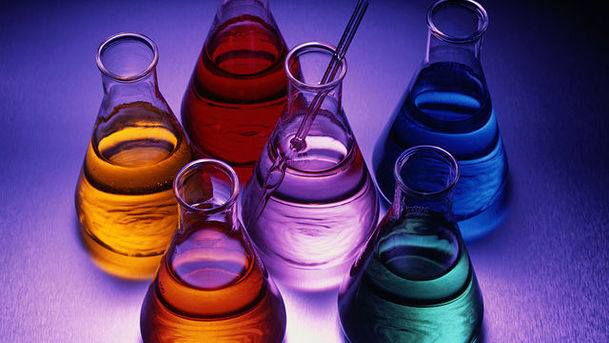
Science Clips - Characteristics of Materials
Science for seven- to nine-year-olds. Trying to make a bicycle from rubber, and testing fabrics.
Details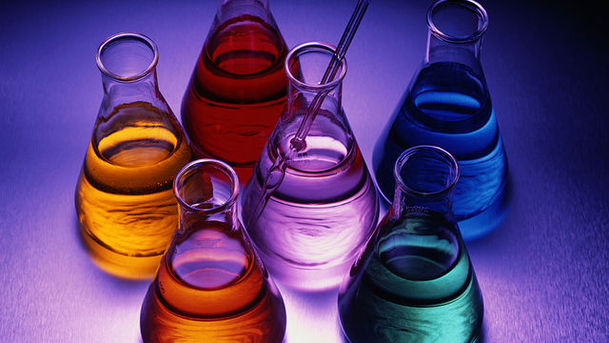
Science Clips - Circuits and Conductors
Science for seven- to nine-year-olds. From the simplest circuit to the power of mains electricity, and what a plastic duck and a wooden spoon have in common.
Details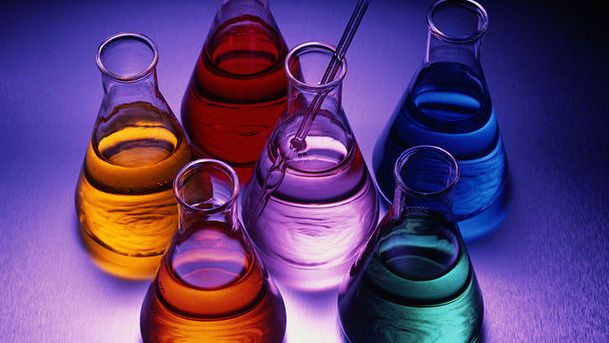
Science Clips - Earth, Sun and Moon
Science for seven to nine-year-olds. The Earth seen from space, the moon and its phases, and the sun and its energy.
Details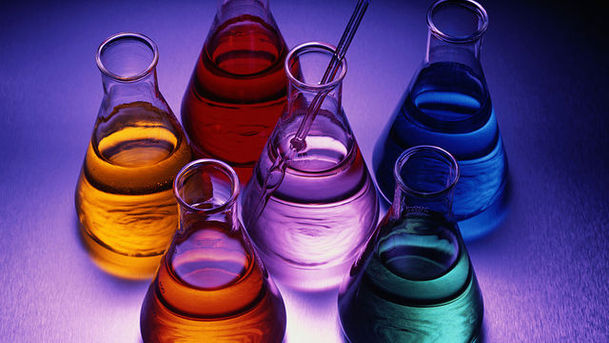
Science Clips - Forces in Action
Science for seven- to nine-year-olds. Galileo's experiment at the Leaning Tower of Pisa.
Details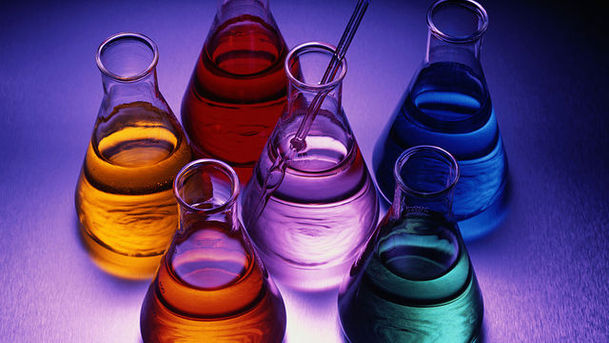
Science Clips - Friction
Science for seven- to nine-year-olds. From bobsleighs to dragsters, and from gannets to cyclists, friction is a force to be reckoned with.
Details
Science Clips - Gases around Us
Science for seven- to nine-year-olds. Collecting gas from pondweed and weighing fizzy lemonade.
Details
Science Clips - Habitats
Science for seven- to nine-year-olds. From large woodland areas to tiny seaside rock pools, habitats are everywhere.
Details
Science Clips - Helping Plants Grow Well
Science for seven- to nine-year-olds. Time-lapse shots show seeds becoming plants, and how different plants thrive in different conditions.
Details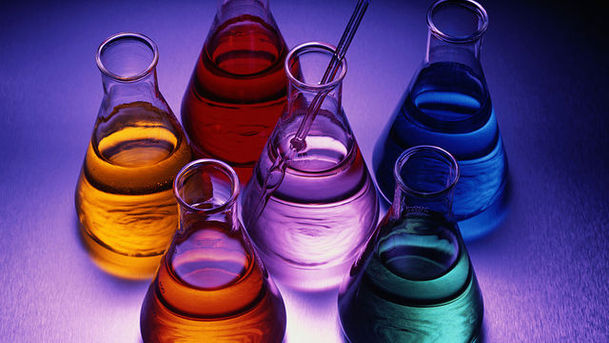
Science Clips - How We See Things
Science for seven to nine-year-olds. Seeing in the dark, and how road signs and reflective jackets work.
Details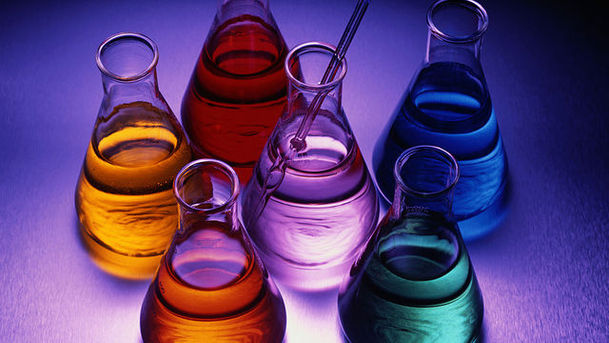
Science Clips - Interdependence and Adaptation
Science for seven- to nine-year-olds. How plants and animals adapt to each other and their environments.
Details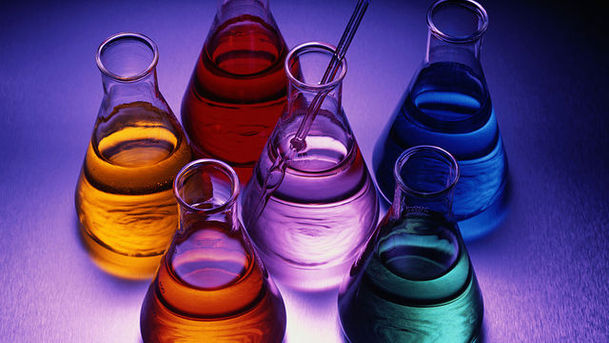
Science Clips - Keeping Healthy
Science for nine- to 11-year-olds. The lungs, how we breathe, and the damaging effects of smoking; and keeping fit and healthy with good diet and exercise.
Details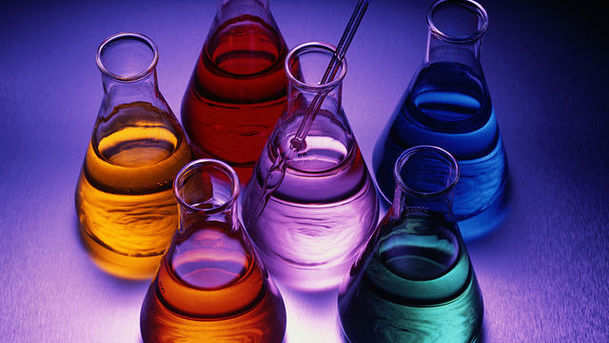
Science Clips - Keeping Warm
Science for seven- to nine-year-olds. Seeing, using and feeling temperature. How did the three bears use thermal conductivity?
Details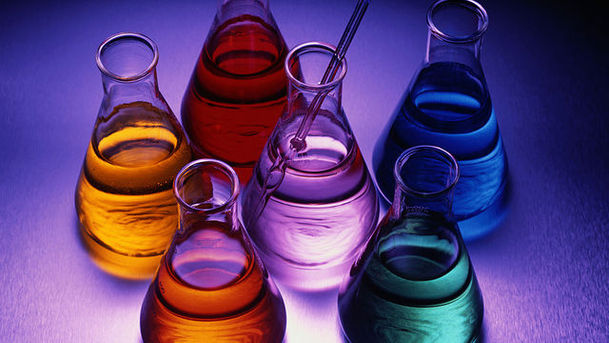
Science Clips - Life Cycles
Science for nine to 11-year-olds. From plant pollination and seed dispersal to gestation periods and the birth of a foal.
Details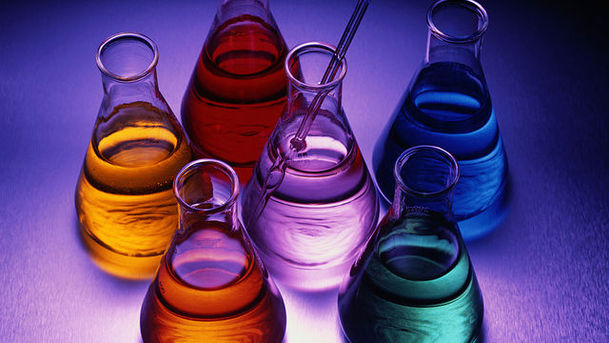
Science Clips - Light and Shadows
Science for seven to nine-year-olds. The possibility of having more than one shadow, how light can make you look scary, and why shadows keep changing shape.
Details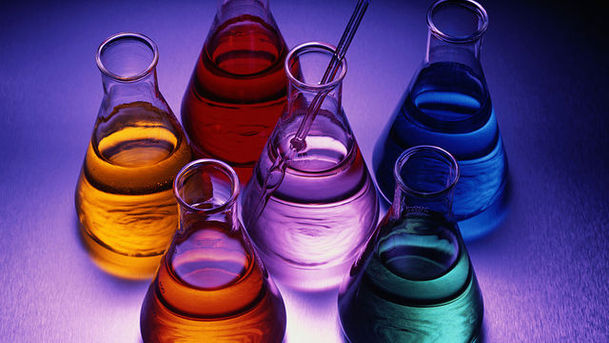
Science Clips - Magnets and Springs
Science for seven- to nine-year-olds. A look at things that use springs, magnets that tell you where you are, and magnets that can pick up cars.
Details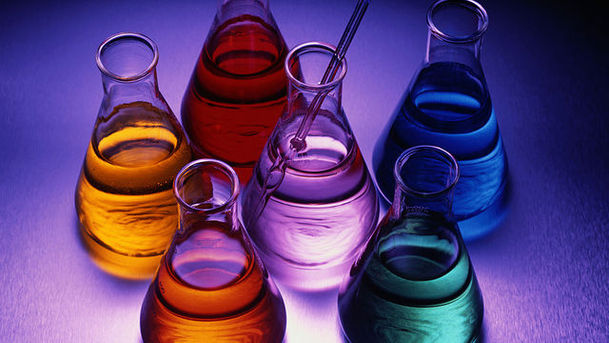
Science Clips - Micro Organisms
Science for seven- to nine-year-olds. What bacteria are, and what they do. Plus a look at your skin as a habitat and what's really there when you have a sore throat.
Details
Science Clips - Moving and Growing
Science for seven- to nine-year-olds. This programme looks at what our skeletons are for, and how our muscles work with them.
Details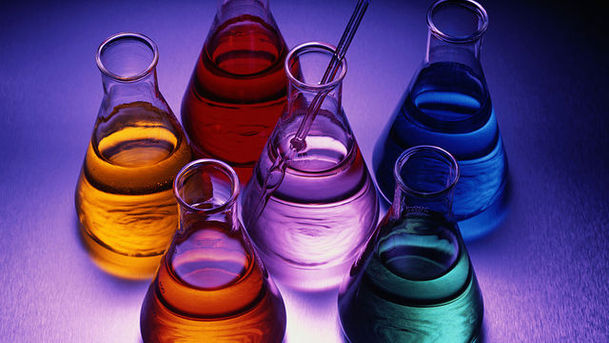
Science Clips - Reversible and Irreversible Change
Science for seven to nine-year-olds. Solubility and solutions, separation by filtration and distillation, and how rust works.
Details
Science Clips - Rocks and Soils
Science for seven- to nine-year-olds. Under every field, road and town, rock is found. From a mine tunnel to the soil beneath people's feet, rock is everywhere.
Details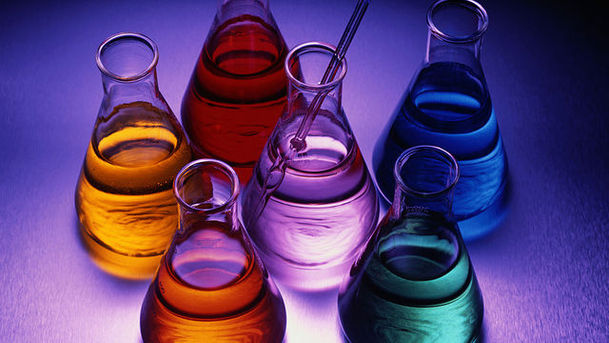
Science Clips - Solids and Liquids
Science for seven- to nine-year-olds. Snow and ice melt into liquid water. Sand and metals melt too. When solids are mixed in liquids, how are they separated?
Details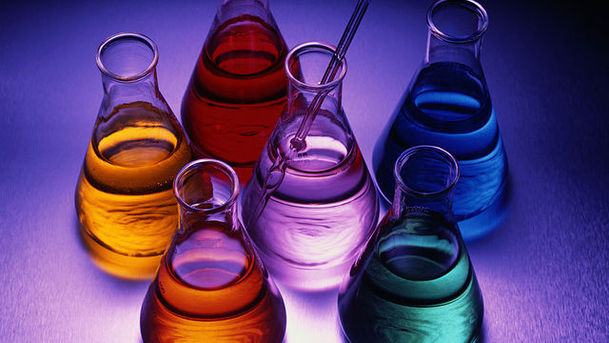
Science Clips - Teeth and Eating
Science for seven to nine year olds. Growing teeth, different teeth for different foods and why we need to take care of our teeth.
Details